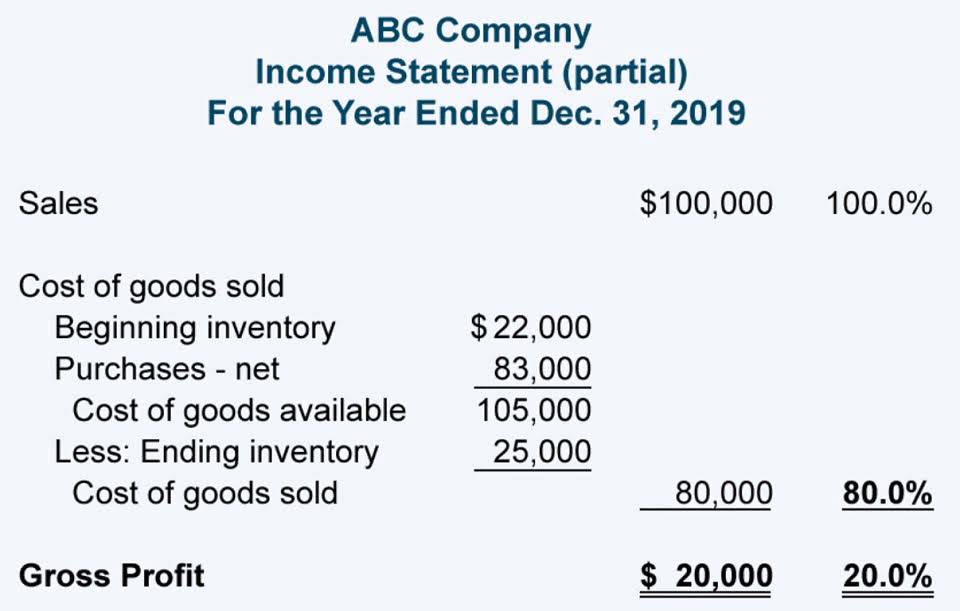
This method involves dividing the total bond premium by the number of years until maturity and amortizing the same amount each year. By doing so, the investor can reduce their taxable income each year by deducting a portion of the bond premium as an amortized expense. In either case, the actual effective interest rate differs from the stated rate. For example, if a bond with a face value of $10,000 is purchased for $9,500 and the interest payment is $500, then the effective interest rate earned is not 5% but 5.26% ($500 divided by $9,500). The effective interest rate calculation is commonly used in relation to the bond market.

Definition of Amortization of Premium on Bonds Payable

The effective interest rate calculation reflects actual interest earned or paid over a specified time frame. For example, assume a 10-year $100,000 bond is issued with a 6% semiannual coupon in a 10% market. Therefore, the bond discount of $5,000, or $100,000 less $95,000, must be amortized to the interest expense account over the life of the bond.
Written by True Tamplin, BSc, CEPF®
- The bond’s carrying value in Column 6 is thus increased by $508, from $92,976 to $93,484.
- The Internal Revenue Service (IRS) allows investors to deduct the annual amortization of bond premiums from their taxable income, effectively reducing the amount of taxable interest income.
- The effective interest method will allow you to record more interest revenue in early years and less interest revenue in later years.
- The IRS requires that the constant yield method be used to amortize a bond premium every year.
The interest terms on a bond will vary, but essentially the lender will demand interest to compensate for the opportunity cost of providing the funding and the credit risk of the borrower. Unlike the real interest rate, the effective interest rate does not take inflation into account. If inflation is 1.8%, a Treasury bond (T-bond) with a 2% effective interest rate has a real interest rate of 0.2% or the effective rate minus the inflation rate. To illustrate, the relevant T-accounts and a partial balance sheet as of 1 July 2020 are presented below. Meanwhile, on the supply side, as you’ve probably noted above, significant new supplies will take a long time to come online.
Comparison of Amortization Methods
In the case of the 9% $100,000 bond issued for $104,100 and maturing in 5 years, the annual straight-line amortization of the bond premium will be $820 ($4,100 divided by 5 years). The Internal Revenue Service (IRS) allows investors to deduct the annual amortization of bond premiums from their taxable income, effectively reducing the amount of taxable interest income. Proper reporting of bond interest income and bond premium amortization is required on annual tax returns. Investors should consider the tax implications of their bond investments when developing a wealth management strategy. By selecting bonds with favorable tax treatment, such as municipal bonds, and managing bond premium amortization, investors can optimize their portfolios for tax efficiency. The constant yield method amortizes the bond premium by multiplying the purchase price by the yield to maturity at issuance and then subtracting the coupon interest.

She has worked in multiple cities covering breaking news, politics, education, and more. The journal entries for the years 2024 through 2027 will be similar if all of the bonds remain outstanding. At Finance Strategists, we partner with financial experts to ensure the accuracy of our financial content. 11 Financial may only transact business in those states in which it is registered, or qualifies for an exemption or exclusion from registration requirements.
Definition of Amortizable Bond Premiums
The book value of a company is the amount of owner’s or stockholders’ equity. The book value of bonds payable is the combination of the accounts Bonds Payable and Discount on Bonds Payable or the combination of Bonds Payable and Premium on Bonds Payable. The following T-account shows how the balance in the account Premium on Bonds Payable will decrease over premium bond amortization table the 5-year life of the bonds under the straight-line method of amortization. This premium represents an additional cost to the investor but provides a higher yield compared to bonds purchased at face value. Amortizable bond premiums refer to the portion of the premium paid by an investor for purchasing a bond that is deductible over the life of the bond.
